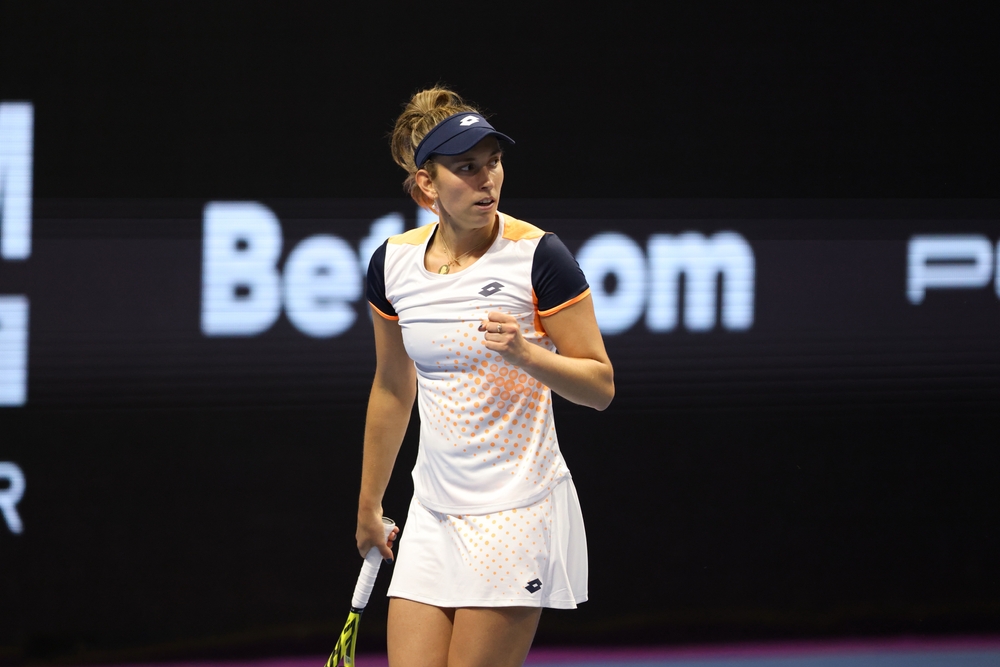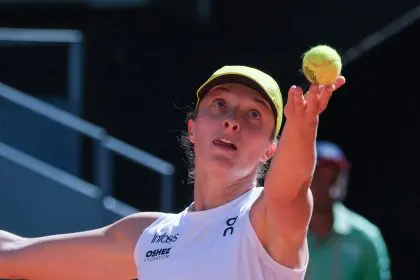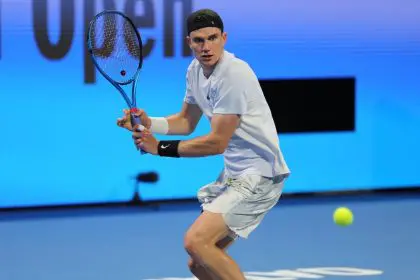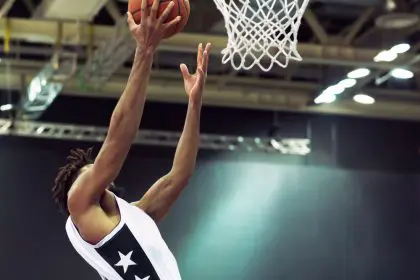Here’s a number that’ll absolutely blow your mind: out of 128 players in the 2025 French Open women’s draw, only 12 have female head coaches. In the men’s draw? Zero. That’s right – zero male professional tennis players are coached by women at one of tennis’s biggest tournaments.
For a sport that prides itself on gender equality and breaking barriers, this coaching disparity is downright embarrassing. But the reasons behind this shocking imbalance are way more complex than you might think, and they reveal some uncomfortable truths about professional tennis.
The accidental coach who discovered her true calling
Sandra Zaniewska’s coaching journey perfectly illustrates how twisted the path can be for women in tennis. After retiring as a player in 2017, she wanted absolutely nothing to do with tennis ever again. The thought of traveling the world for someone else’s career sounded like pure torture.
But when her friend Petra Martic needed temporary help returning from injury, Zaniewska reluctantly agreed to a few weeks of coaching. Those weeks turned into months, then years, as Martic climbed from just inside the top 100 to number 14 in the world. Suddenly, the woman who swore off tennis forever had found her true passion.
Zaniewska now coaches Marta Kostyuk, currently ranked 25th, but she knows her story is incredibly rare. She calls it “one in a billion,” which tells you everything about how difficult it is for women to break into professional coaching.
The invisible barriers that keep women out
Nicole Pratt, a former player turned coach who leads Tennis Australia’s women’s coaching initiatives, spent years investigating why so few women coach professional tennis. What she discovered was a web of interconnected problems that starts with basic self-confidence issues.
Many women simply don’t believe they belong in coaching roles, partly because society doesn’t raise girls to be as risk-taking or aggressive as boys. When opportunities arise, women are less likely to speak up or demand consideration. It’s a vicious cycle that starts in childhood and follows them into professional careers.
Then there’s the pigeonholing problem. Female coaches constantly hear things like “you’ll work well with younger girls,” essentially limiting their opportunities to work with elite adult players. Meanwhile, young male coaches get hired by top players specifically because they can also serve as hitting partners.
The hitting partner problem nobody talks about
Here’s where things get really frustrating. Most professional tennis players can’t afford separate head coaches and hitting partners, so they look for coaches who can fill both roles. Since the vast majority of players prefer practicing against men (who typically hit harder and faster), male coaches have a built-in advantage.
According to WTA officials, there are currently zero women working as hitting partners on the professional tour. This creates a clear pathway for men to enter coaching – they start as hitting partners, build relationships, and eventually transition into head coaching roles.
It’s basically a boys’ club where women can’t even get their foot in the door because they don’t fit the physical requirements of the entry-level position. The irony is painful – in women’s tennis, women can’t get coaching jobs because they’re not considered good enough practice partners.
The family sacrifice that breaks dreams
The tour lifestyle demands traveling 11 months per year, living out of suitcases, and being available 24/7 for your player’s needs. For women who want families or already have children, this lifestyle can be completely impossible.
Pratt herself struggles with this reality, having 10-year-old twin daughters back in Australia. She tries to limit her time away to three weeks maximum, but that rule gets stretched constantly. The loneliness and guilt of missing important family moments takes a serious toll.
Meanwhile, the WTA’s new maternity leave program doesn’t even apply to coaches since they’re essentially independent contractors working for individual players. There’s no safety net, no benefits, and no job security if life happens.
The industry finally wakes up to the problem
When Billie Jean King called out the coaching gender gap at Wimbledon in 2023, she wasn’t mincing words. With only six women coaches in that tournament’s main draw, she declared the situation “terrible” and “extremely disappointing.”
The WTA had already launched their Coach Inclusion program in 2021, but King’s public criticism added urgency to addressing this embarrassing disparity. The program now operates across multiple regions, taking promising female coaches to tournaments and teaching them everything from booking practice courts to understanding media requirements.
The results are slowly showing. At the recent Italian Open, about 15% of accredited coaches were women – still pathetically low, but better than the single digits from previous years.
Success stories that prove change is possible
Fanni Varga’s journey shows what’s possible when women get proper support and opportunities. A former college coach from Hungary, she joined the inclusion program without even knowing if she wanted to coach professionally. The experience opened her eyes to tour life and connected her with mentor coaches.
Now she’s working with Danielle Collins, proving that women can absolutely succeed at the highest levels when given the chance. Her story highlights how many talented women are out there – they just need access to the right networks and opportunities.
The solutions hiding in plain sight
Some fixes seem obvious once you think about them. Tournament organizers could provide designated hitting partners for female coaches, removing that barrier entirely. The WTA could create better support systems for coaches who are mothers, maybe allowing family travel stipends or childcare assistance.
Creating more entry pathways that don’t require being a hitting partner would also help. The current system essentially locks women out before they can even try coaching professionally.
What players are missing by excluding women
Victoria Mboko, the 18-year-old who reached the third round at Roland Garros, works with former world number 3 Nathalie Tauziat and sees clear advantages. Female coaches understand the women’s game differently, relate to the unique pressures female players face, and can provide perspectives that male coaches simply can’t offer.
The irony is that women’s tennis might actually benefit from having more female coaches, but the industry’s structural barriers prevent this natural fit from happening.
The small group of women currently coaching at the top level have formed their own support network, sharing resources and helping each other navigate tour life. They know they’re pioneers carrying extra pressure to succeed, not just for themselves but for all the women who’ll come after them.
This coaching gender gap isn’t just about fairness – it’s about tennis missing out on half the potential coaching talent in the world. Until the sport fixes these systemic barriers, it’s failing both female coaches and the players who could benefit from their expertise.














